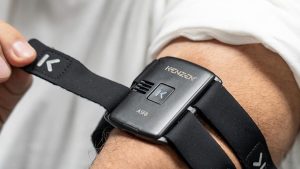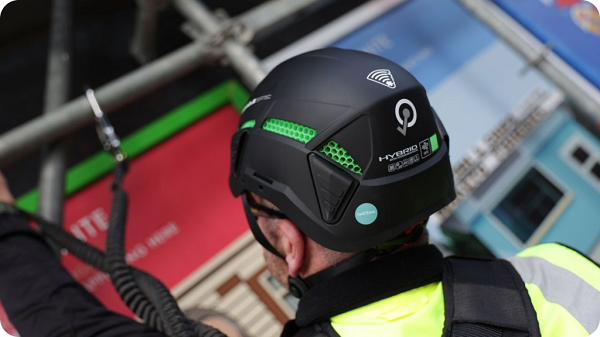In today’s fast-paced construction and industrial environments, safety remains a top priority.
With the rise of cutting-edge wearable technology, companies are adopting innovative solutions to reduce accidents, protect workers, and comply with safety regulations. Among these advancements, smart helmets and wearables are leading the charge, transforming how safety is managed on job sites.
What Are Smart Helmets and Wearables?
Smart helmets and wearables are tech-enhanced safety gear designed to provide real-time monitoring and alerts for workers in hazardous environments. These devices are equipped with sensors, GPS tracking, cameras, and other data-collecting features that offer insights into a worker’s health, location, and the surrounding environment.
Smart helmets, such as those developed by companies like Guardhat and DAQRI, integrate augmented reality (AR), communication systems, and sensor technology to enhance worker awareness. Meanwhile, wearables, ranging from smart boots to wristbands, provide metrics on a worker’s vital signs, movements, and proximity to hazards.
Preventing Injuries Through Real-Time Alerts
One of the biggest advantages of smart helmets and wearables is the ability to issue real-time alerts. These alerts are triggered when a worker is in danger, whether it’s from falls, exposure to harmful gases, or entering a restricted area. For example, wearable devices like the Spot-r Clip by Triax Technologies detect falls and automatically alert supervisors, ensuring immediate response.
This real-time functionality is critical in fast-moving environments like construction sites, where quick action can be the difference between a minor incident and a severe injury.
Enhanced Monitoring of Worker Health
Wearables like the Kenzen Patch take worker safety to the next level by monitoring health metrics such as body temperature, heart rate, and hydration levels. By continuously tracking these vital signs, the devices can alert workers and supervisors of potential health risks like heat exhaustion or overexertion.

This proactive approach helps to prevent common workplace injuries related to overworking or exposure to extreme conditions, which are often overlooked in traditional safety practices.
Improving Safety in Hazardous Areas
Smart helmets equipped with AR capabilities allow workers to receive real-time data overlays in their field of vision. For example, a worker wearing a smart helmet may be alerted to a dangerous structural issue or electrical hazard without needing to consult a manual or screen. This hands-free approach ensures that workers stay aware of risks while continuing their tasks, reducing the chances of an accident.
Additionally, wearables like Proxxi Bands detect proximity to high-voltage equipment, preventing workers from unintentionally entering dangerous areas.
Enhancing Communication and Coordination
In high-risk industries, effective communication is vital for maintaining a safe work environment. Smart helmets equipped with built-in communication systems enable workers to stay connected with supervisors and colleagues, even in noisy or remote areas. This connectivity can help teams coordinate movements, manage equipment more safely, and respond faster to emergencies.
Devices like Guardhat’s Smart Helmet provide two-way audio and video communication, enabling immediate feedback and assistance, ensuring that no worker is left unsupported in hazardous situations.
Tracking Worker Movements for Improved Safety Compliance
Smart wearables also help supervisors track worker movements and ensure compliance with safety protocols. By using GPS tracking and geofencing, companies can monitor whether workers are staying within safe zones. If a worker enters a restricted or dangerous area, the wearable sends an alert, allowing quick intervention to prevent accidents.
These tracking features can also be used to improve workflow by identifying inefficiencies and bottlenecks, making the worksite safer and more productive.
Boosting Compliance with Safety Regulations
With the increasing pressure on industries to meet safety standards, smart helmets and wearables can play a significant role in ensuring compliance with OSHA regulations and other safety guidelines. By providing detailed data on worker activities, health, and environmental conditions, these devices offer the documentation necessary for audits and compliance checks.
Companies that embrace these technologies are better equipped to avoid fines and legal issues related to workplace injuries.
Conclusion: The Future of Workplace Safety
Smart helmets and wearable tech represent the future of workplace safety, offering innovative solutions to the age-old challenges of protecting workers in dangerous environments.
By providing real-time alerts, monitoring health, and improving communication, these technologies are helping companies reduce injuries, increase productivity, and stay compliant with safety regulations.
As the construction and industrial sectors continue to evolve, investing in smart safety solutions like helmets and wearables will not only improve worker safety but also provide businesses with a competitive edge.
Also Read
Top rated real estate agents in South Africa
Top 7 real estate agents in Nairobi, Kenya

